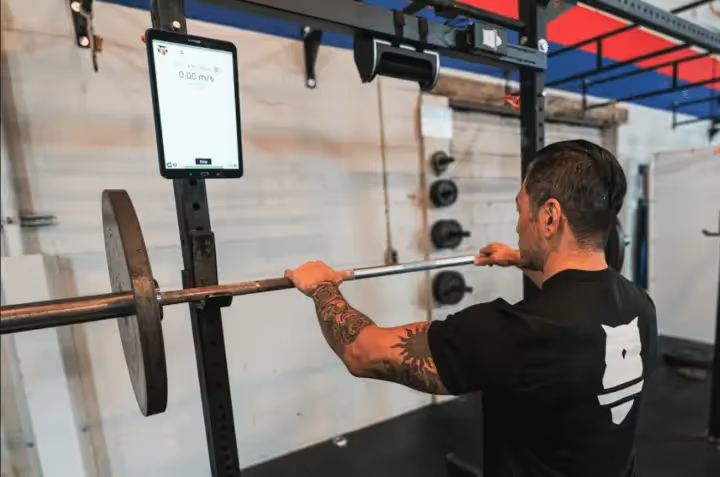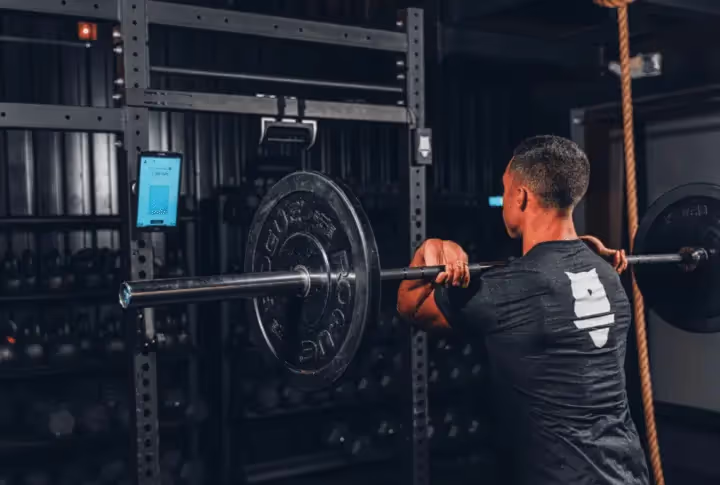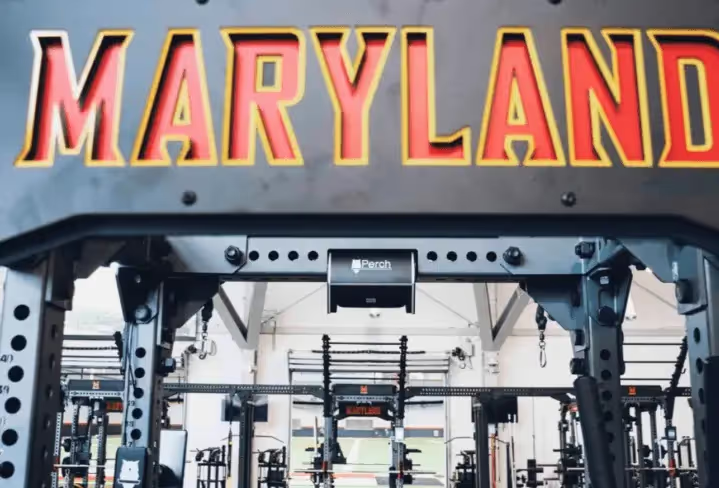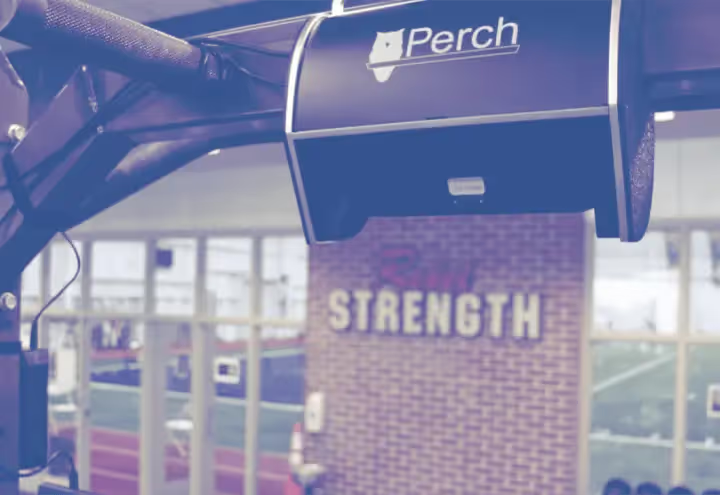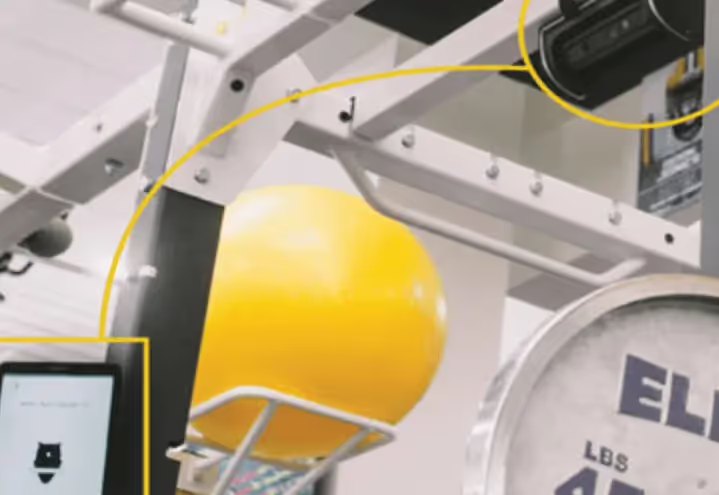Muscular Anatomy and VBT

Muscular anatomy and understanding how to build strength go hand in hand. This post will help explain the mechanisms of muscular contractions from an anatomical perspective, and how the principles and purposes of velocity based training directly relates.
VBT AND MUSCLE CONTRACTIONS
All of the below is meant to give you a very concrete understanding of muscular anatomy and physiology in order to see how it relates to strength training and velocity based training specifically. We spoke in previous posts about force-velocity profiling. Force-Velocity relationships is simply the relationship between the speed at which a muscle length changes (regulated by either external load or other muscles) to the amount of force that same muscle generates. The properties of an individuals’ muscle tissue will dictate what the curve of the Force-Velocity profile looks like, and that curve can again shift by both recruiting more motor units in each contraction, and by increasing the firing rate of each contraction. And those two variables can change by training, and training specifically and with intent, as with velocity based training.
With the immediate and objective feedback given on a VBT unit like Perch, the intent of a lift is quantified in addition to tracked over time. These data points allow coaches a glimpse or baseline understanding of what is actually happening deep within the muscles of an athlete. Providing a number assigned to effort can help athletes understand what muscular contraction feels like at various effort levels and encourage them to be more in tune with their bodies. Training muscles to generate more force is simple, though not easy. Your program needs to teach athletes to:
- Recruit MORE motor units for each contraction
- Increase the firing rate of an already active group of motor units
With velocity based training technology becoming more commonplace in a variety of strength and sports performance settings, the rate at which this can be achieved is expedited and athletes can maximize their potential. The following will help you understand the why and how muscles contract.
TYPES OF MUSCULAR CONTRACTIONS
There are four types of muscle contractions:
- Isometric Contraction: The muscle generates tension without changing its length
- Isotonic Contraction: The muscle generates a consistent tension despite a change in its length.
- Concentric Contraction: Muscle tension overcomes the external load opposing it and the muscle shortens as it contracts
- Eccentric Contractions: Muscle tension is not greater than the external load opposing it and the muscle lengthens during contraction.
SKELETAL MUSCLE ANATOMY
Every skeletal muscular contraction (with the exception of reflexes) originates in the brain. An electrochemical signal is sent through the nervous system to a motor neuron that innervates multiple muscle fibers. The actual anatomy of a single muscle can be seen below:
![A layer by layer look at the anatomy of skeletal muscle, adapted from Scientist Cindy [6].](https://cdn.prod.website-files.com/662aafb2bbfc6e8c07df7082/664f34c5468e7068a06f718e_63ce4a75736e68eeaec04190_fiber.jpeg)
From smallest to largest, the layers of muscle tissue are:
Sarcomere: The smallest, most basic and functional unit of a muscle that determines contraction. Consisting of interlocked fibers (actin and myosin) and is responsible for the striations of muscle fibers. Many units live inside a single myofibril.
Myofibril: Long and parallel units of a muscle fiber composed of thick and thin myofilaments (contractile proteins called actin and myosin, and regulatory proteins called troponin and tropomyosin). Surrounded by the sarcoplasmic reticulum (or SR).
Muscle Fiber: Long cylindrical cells containing numerous myofibrils. Surrounded by the sarcolemma. Also known as a muscle cells.
Sarcolemma: The cell or plasma membrane that encloses each muscle fiber.
Endomysium: The smallest piece of connective tissue that encases a singular muscle fiber.
Muscle Fascicle: Bundles of muscle fibers surrounded by the perimysium.
Perimysium: The medium piece of connective tissue that encases multiple muscle fibers in their fascicle structure.
Epimysium: The largest piece of connective tissue, elastic and fibrous sheath that encases the entire muscle, simultaneously allowing it to maintain its integrity and move independently of other tissues and organs nearby.
Fascia: the layer of thick connective tissue that covers an entire muscle and resides over the layer of epimysium.
NEUROMUSCULAR JUNCTION
The neuromuscular junction (also known as the myoneural junction and the motor end plate) is essentially a chemical synapse formed between the contact of a motor neuron and muscle fiber. The most basic unit is called a motor unit which consists of a singular alpha motor neuron and all the muscle fibers it can innervate, this can be seen below:
![A rendering of a motor unit, taken and adapted from Gardiner [2].](https://cdn.prod.website-files.com/662aafb2bbfc6e8c07df7082/664f34c5468e7068a06f7196_63ce4a75736e68eaa3c04191_motor-unit.png)
The motor neuron consists of the soma (cell body), dendrites, a nucleus, an axon (coated in a myelin sheath) and the axon terminal. The axon ends in a synaptic bulb or bouton (on the presynaptic side) which is where the junction or synapses form with a synaptic cleft in between the end of the bouton and the start of the target cell, the postsynaptic side. In skeletal muscle the target cell on the postsynaptic side has series of junctional folds that are coated in receptors. Below is a step by step summary of what happens at the neuromuscular junction:
- Action potential travels down the motor neuron causing the synaptic bouton to release neurotransmitter known as Acetylcholine into the synaptic cleft.
- Acetylcholine binds to the acetylcholine receptors in the junctional folds on the postsynaptic side.
- Once bound, ion channels open and allow positive sodium (Na) ions to flow into the postsynaptic cell. This depolarizes the cell and causes an end plate potential.
- The depolarization leads to an opening of voltage-gated sodium (Na) channels, turning the end plate potential into an action potential.
- The action potential travels along the muscle fiber and causes a contraction of the muscle fiber through Excitation-Contraction Coupling.
![The “architecture of the neuromuscular junction” taken from Gonzalez-Friere et al. [3]](https://cdn.prod.website-files.com/662aafb2bbfc6e8c07df7082/664f34c5468e7068a06f7199_63ce4a75da2bff4eee00089a_junction-arch.jpeg)
EXCITATION-CONTRACTION COUPLING
The excitation-contraction coupling is the series of events that takes place on the postsynaptic side summarized step-by-step here:
- The action potential triggered by the depolarization of the end plate potential travels through the rest of the sarcolemma across the surface of the cell
- The action potential travels into a structure known as T-Tubules which back up against the sarcoplasmic reticulum (SR)
- The action potential triggers the release of calcium (Ca) from the terminal cisternae of the SR into the cytoplasm of the cell
- The Ca then binds to troponin, which shifts tropomyosin and exposes the myosin-binding sites on the actin.
- Myosin heads form cross bridges to the actin and begin the muscular contraction
- ATP binds to the myosin heads and causes them to release and reset
- Once Ca is pumped back into the SR via enzymatic processes, relaxation occurs
![An overview of the excitation-contraction coupling originating at the neuromuscular junction. Adapted from Scientist Cindy [6]](https://cdn.prod.website-files.com/662aafb2bbfc6e8c07df7082/664f34c5468e7068a06f7191_63ce4a75b086d4214f082232_excite-contract.png)
SLIDING FILAMENT THEORY
The sliding filament theory refers to the process of muscular contraction at the most basic level. With some overlap to excitation-contraction coupling, we’ll go step-by-step summary here:
The action potential stimulates the release of Ca into the muscle cell
The Ca binds to troponin (previously bound to actin), which clears the tropomyosin strand from the actin, thereby clearing binding sites for myosin.
Once myosin globular heads are bound to available actin sites using ATP configured as ADP + P, a “power stroke” occurs pulling the actin filament toward the center or M-Line
A new ATP then binds to myosin, which causes the cross-bridge formed to detach from the actin site.
The muscle can continue to contract if more ATP is present and can form another crossbridge, or it can relax and Ca will be shuttled back into the SR.
DIFFERENCES IN SKELETAL MUSCLE CONTRACTIONS
Muscular contractions are controlled by action potentials (as you read above) and can be generally categorized as:
- Twitch: A single contraction and relaxation cycle produced within the muscle fiber itself
- (Wave) Summation: Occurs when multiple successive twitches are added to produce a larger and stronger muscle contraction
- Tetanus: Multiple contractions together to produce a continuous and strong contraction, this can be fused or unfused.

It is important to remember that at the very basic level, there are only two ways to change the amount of force generated in skeletal muscle:
- Recruit MORE motor units for each contraction
- Increase the firing rate of an already active group of motor units
Once all possible motor units are recruited and firing at their maximum rate, you have achieved a 1 Repetition Maximum (1RM). The body will always choose to recruit more motor units than destroy those currently in use if pressured. The length and extent of a contraction can also be regulated by motor unit recruitment through:
- Increasing the number of active motor neurons
- Activating the smallest/weakest motor units first, followed by larger motor units
CONCLUSION
At Perch, we are huge proponents of understanding the “why” behind everything. So while we believe velocity based training should be an integral part of every weight room setting to train muscles with precision and enhance overall athletic performance, we think understanding muscular anatomy is important to truly grasp this. Hopefully this was helpful for you as well!
OTHER RELEVANT POSTS!
Want to learn more about the basics of VBT? Check out Perch’s VBT Dictionary!
Curious about how muscles grow with VBT? Check out our article on muscle growth and Velocity Based Training!
FOLLOW US!
Keep checking back for more velocity based training content, tips, tricks, and tools. And don’t forget to follow us on Twitter , Instagram and Linkedin and like us on Facebook .
SOURCES
- Baechle, T., Earle, R., & National Strength & Conditioning Association (U.S.). (2008). Essentials of strength training and conditioning (3rd ed.). Champaign, IL: Human Kinetics.
- Gardiner, P. (2011). Advanced neuromuscular exercise physiology (Advanced exercise physiology series). Champaign, IL: Human Kinetics.
- Gonzalez-Friere, M., Rafael, de C., Stephanie, S., & Luigi, F. (2014, August). The Architecture of a Neuromuscular Junction. Retrieved October 23, 2019, from https://www.researchgate.net/figure/The-architecture-of-a-neuromuscular-junction-NMJ-A-B-The-NMJ-is-composed-of-three_fig1_265056822.
- Gray, H., Williams, P., & Bannister, L. (1995). Gray’s anatomy : The anatomical basis of medicine and surgery (38th ed. / ed.). New York: Churchill Livingstone.
- Scanlon, V., & Sanders, T. (1999). Essentials of anatomy and physiology (3rd ed.). Philadelphia: F.A. Davis.
- Scientist, C. (n.d.). Muscles and Reflexes Lab. Retrieved October 23, 2019, from https://www.scientistcindy.com/muscles-and-reflexes-lab.html.

Start Gathering Data With Perch Today!
Reach out to us to speak with a representative and get started using Perch in your facility.

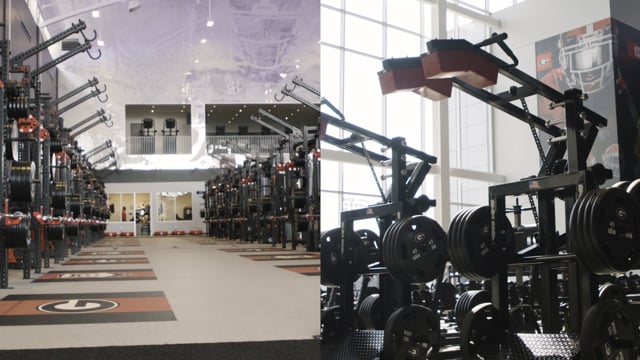
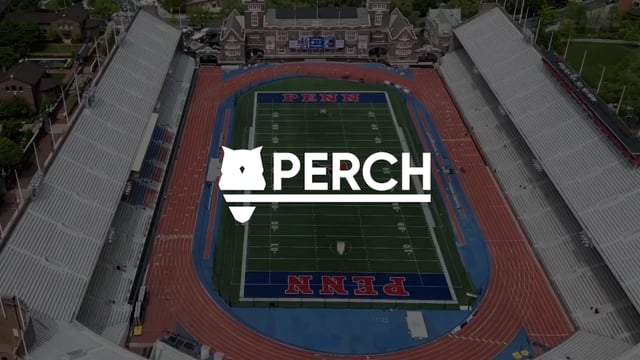
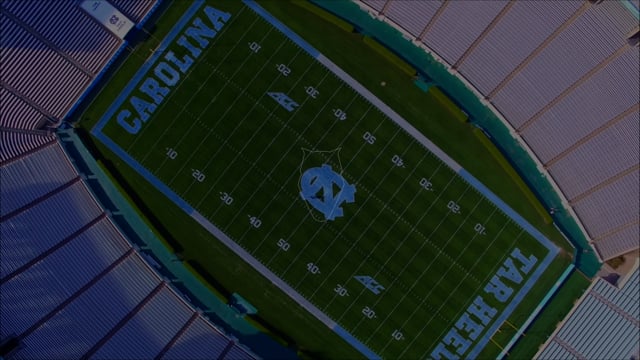
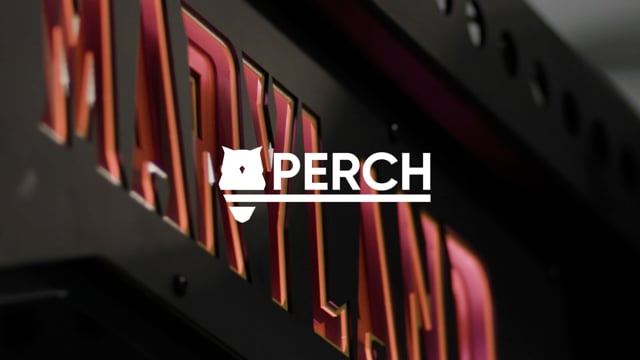
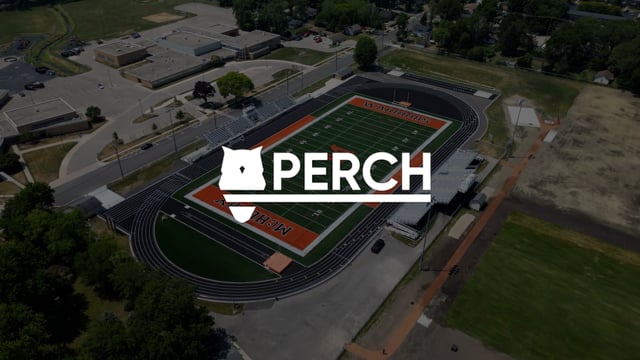
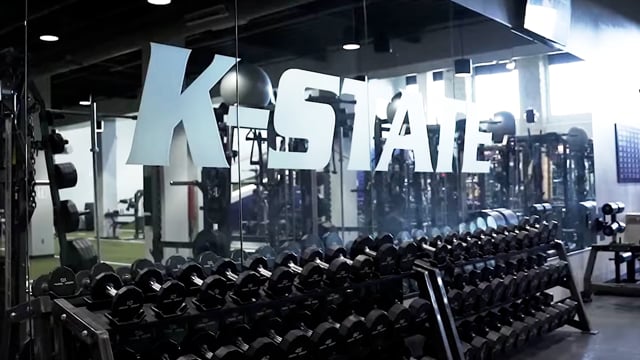
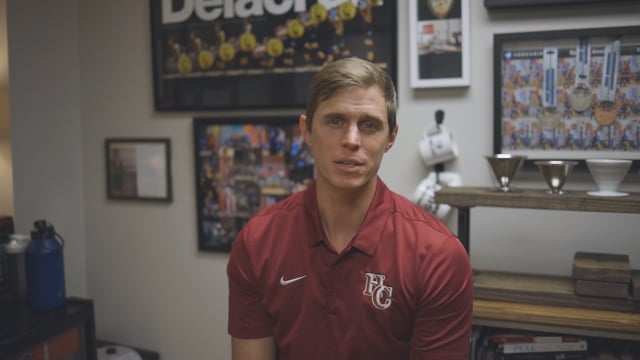
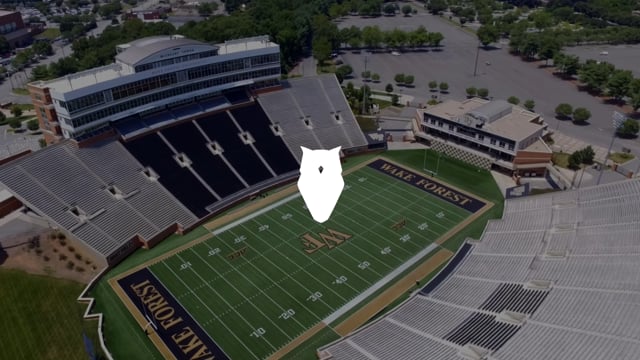
































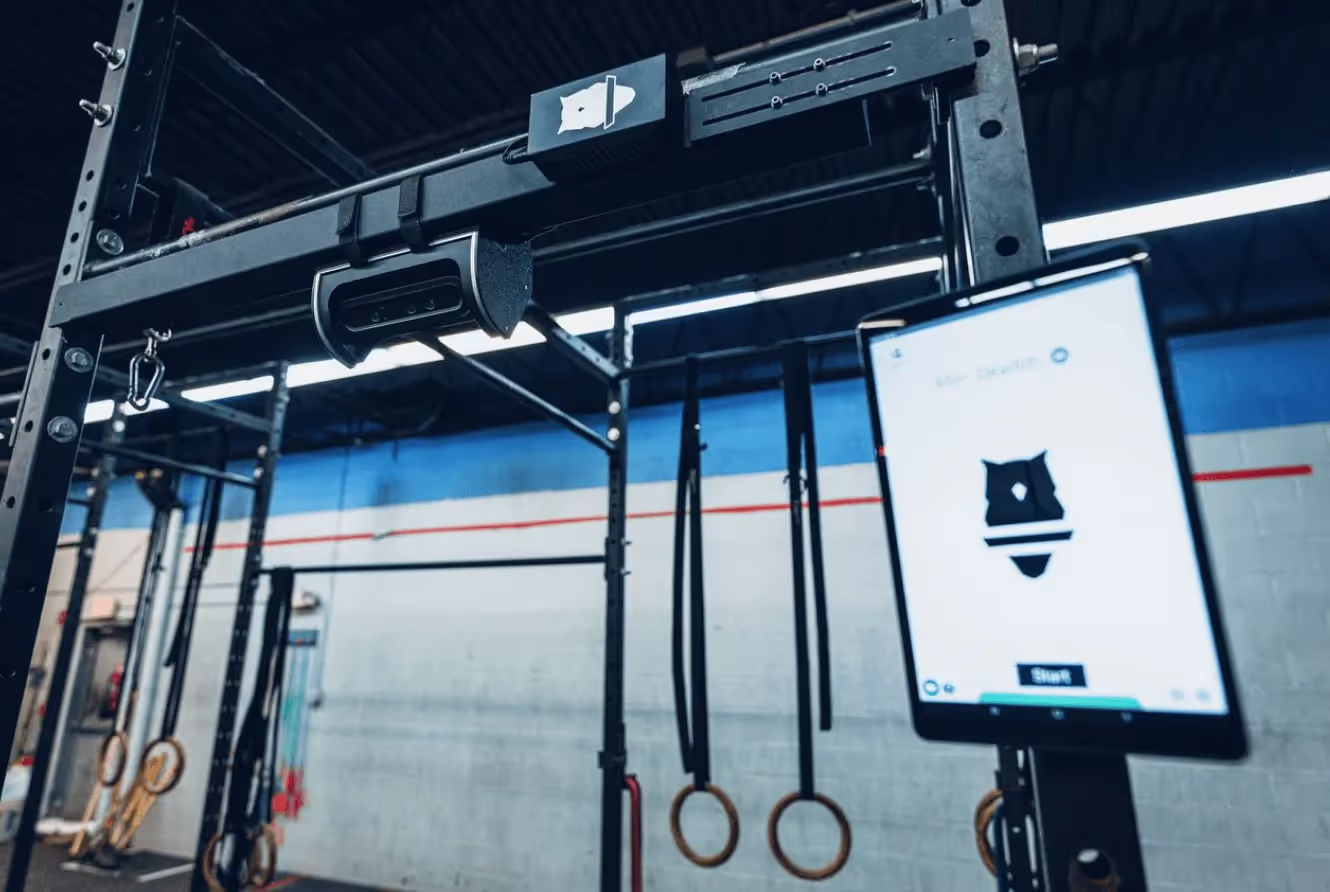




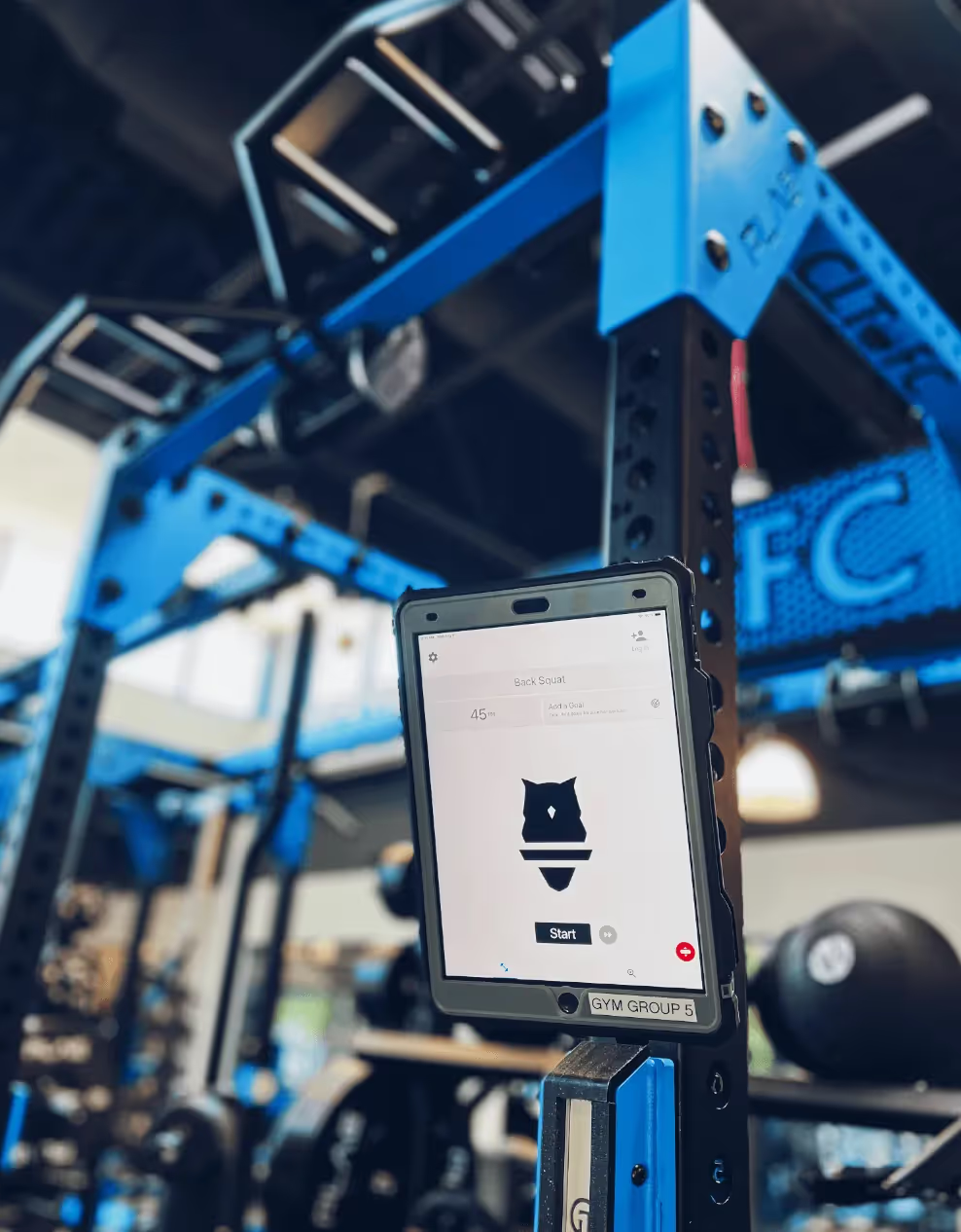
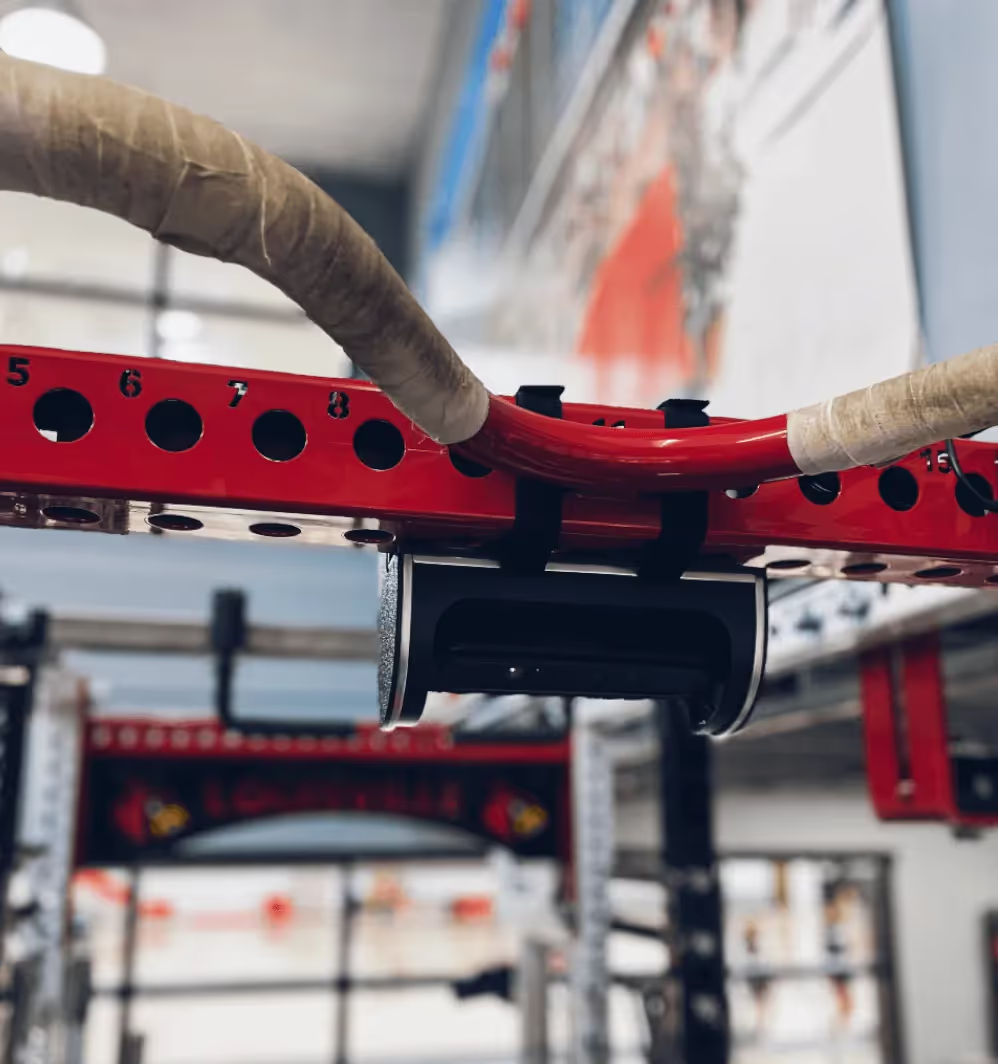


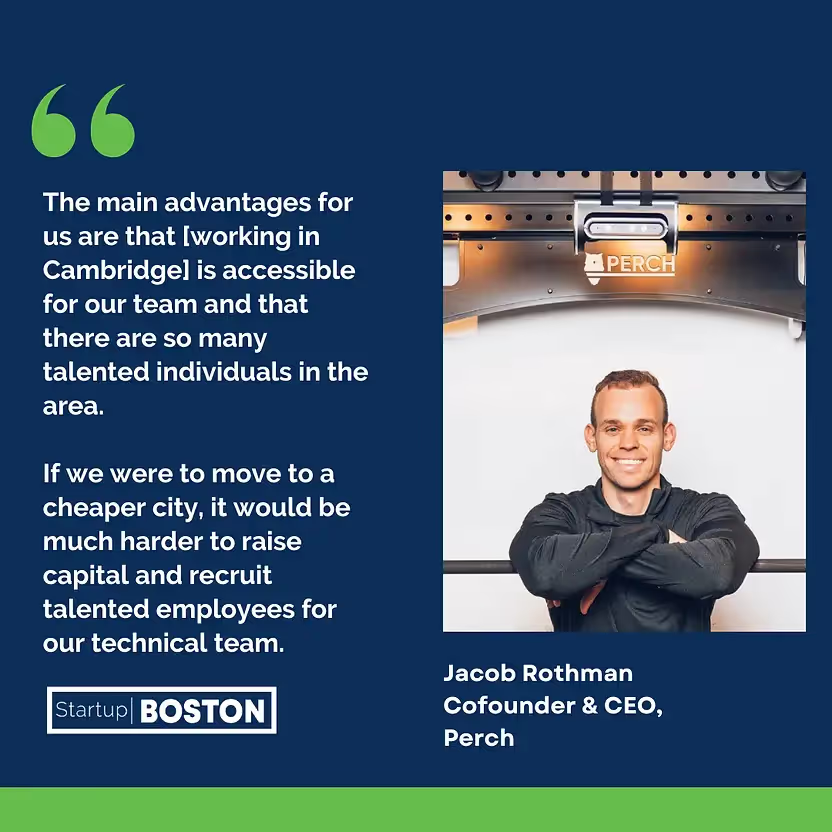



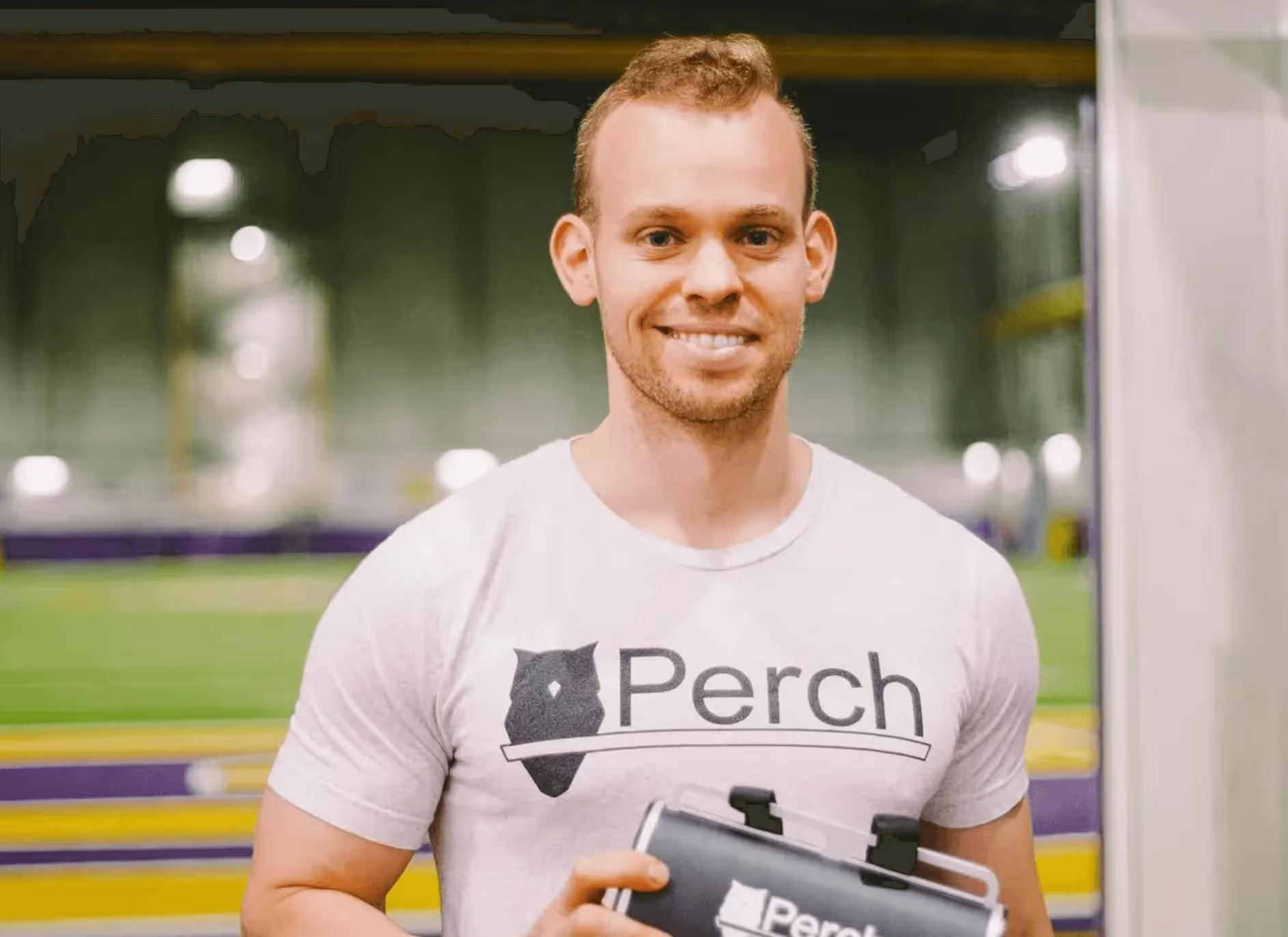





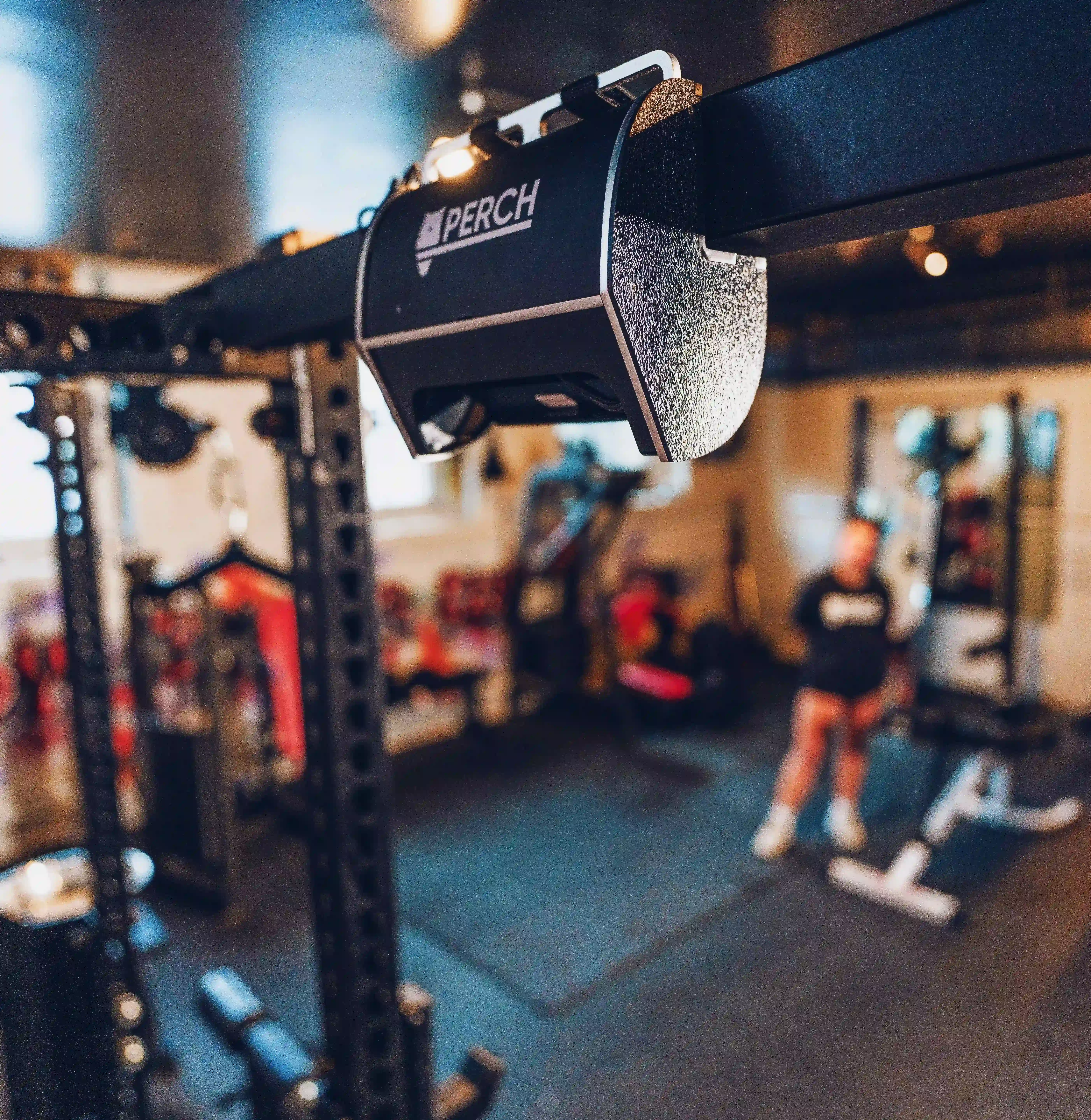




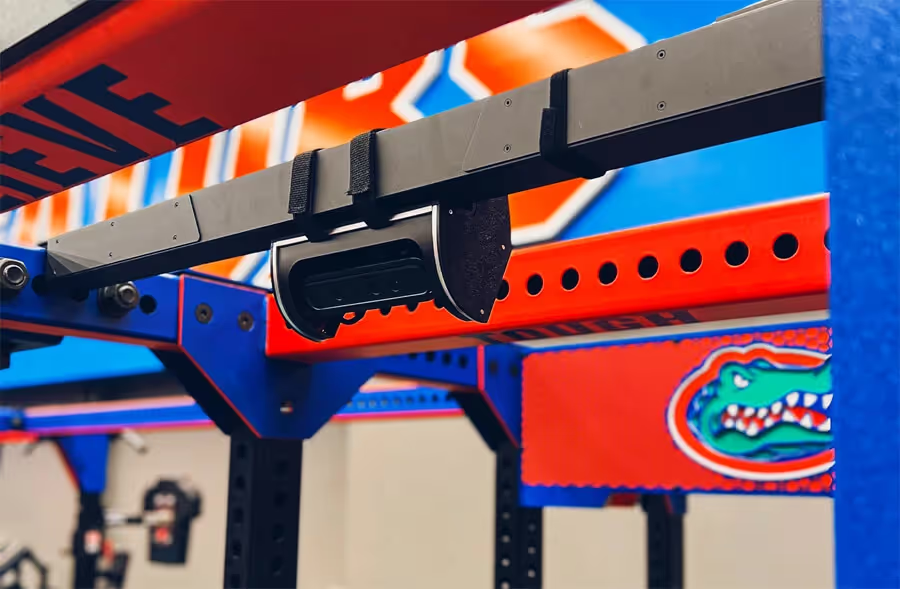






.avif)






